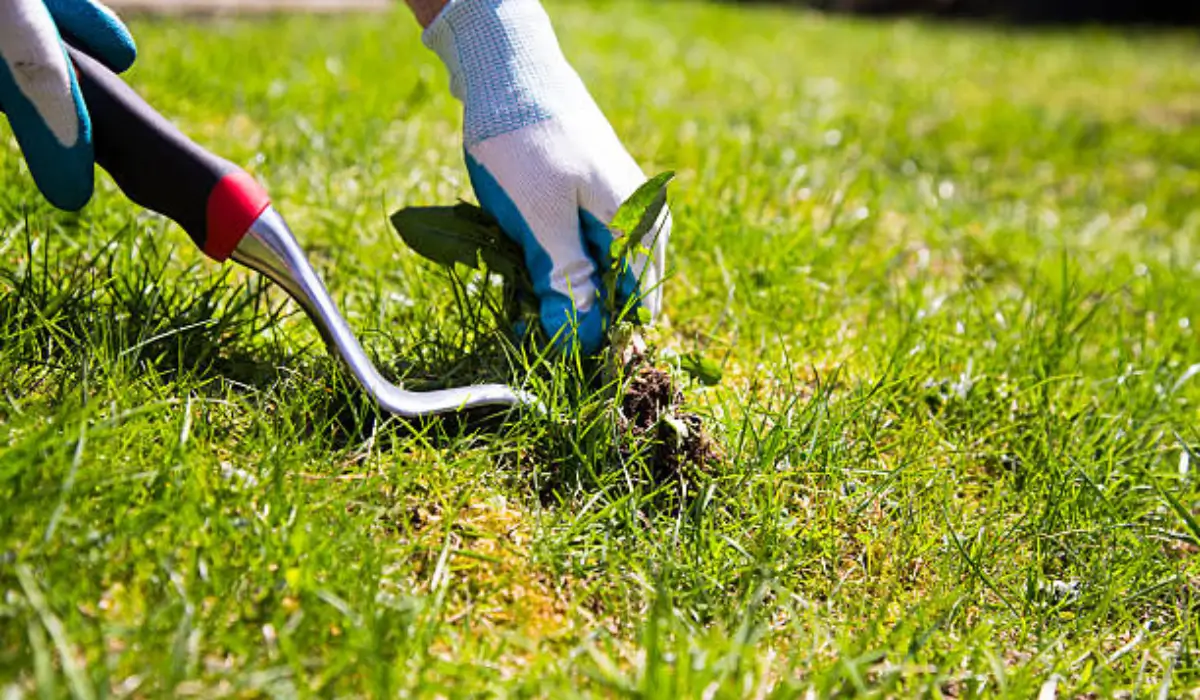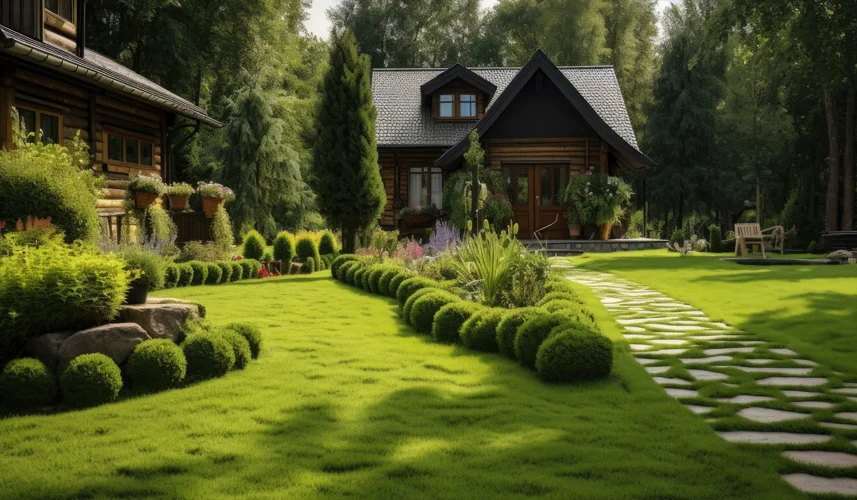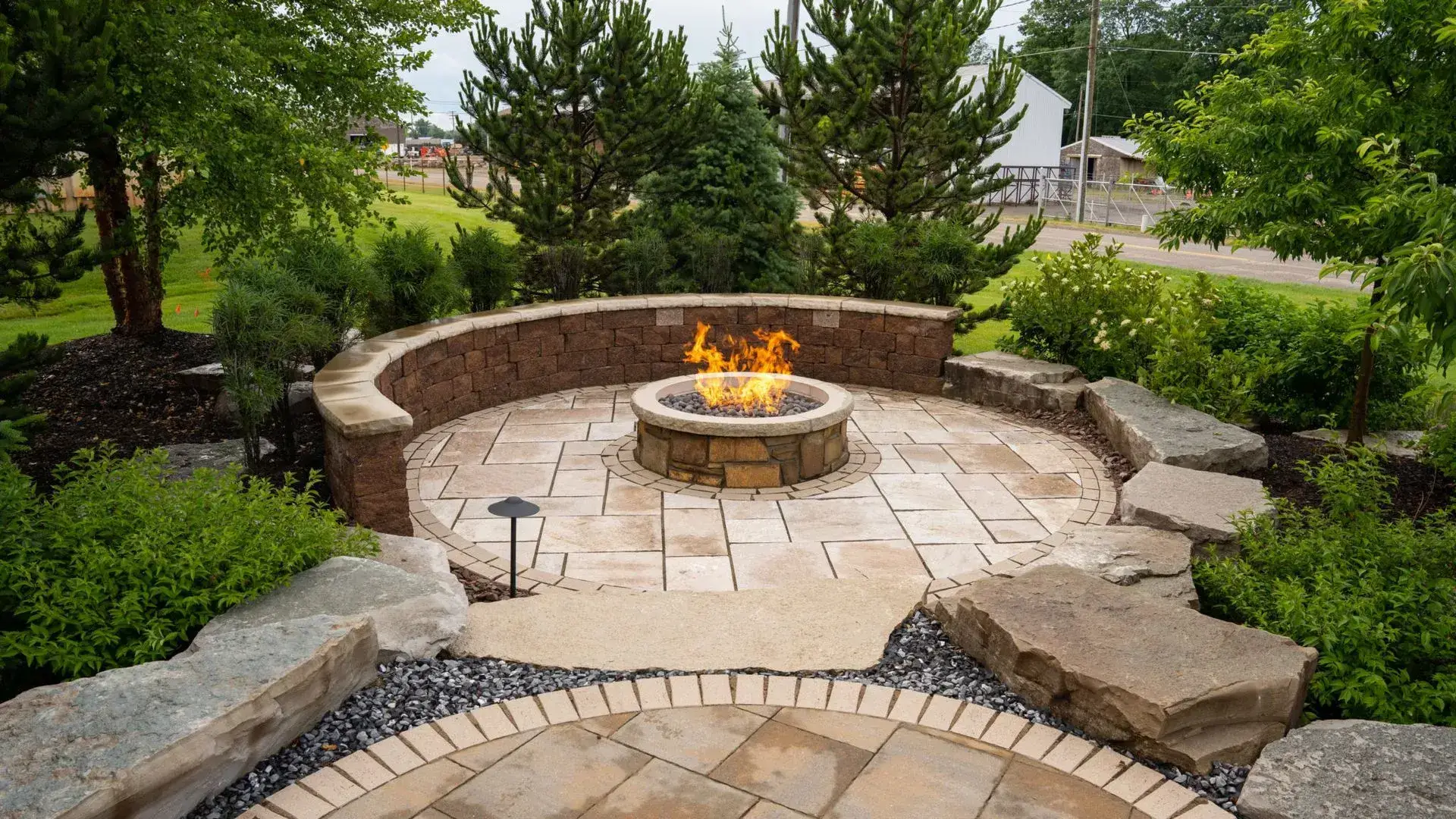
- Everlast Landscape and Design, LLC.
- Landscaping
- Lawn Care
- Why Your Lawn Keeps Getting Weeds (and How to Fix It for Good)
Why Your Lawn Keeps Getting Weeds (and How to Fix It for Good)

Why Your Lawn Keeps Getting Weeds (and How to Fix It for Good)
Why Your Lawn Keeps Getting Weeds and What to Do
If you’ve ever spent a weekend pulling weeds only to see them return days later, you’re not alone. One of the most common lawn care questions we hear is: why your lawn keeps getting weeds—even after regular mowing and spot treatments. The answer often lies in what’s happening beneath the surface.
Weeds thrive in weak, stressed, or neglected turf, and without a long-term strategy, they’ll continue to take over. To fix the problem for good, homeowners need more than a quick spray—they need a proven, proactive plan that targets the source and strengthens the lawn’s natural defenses.
For lasting results and healthier yards, homeowners across Chicagoland trust Everlast Landscape and Design LLC—a team known for expert weed control and full-service landscaping solutions. With the right strategy, we’ll help you break the cycle for good. Let’s find out what’s really behind the problem—and how to solve it permanently.
Tired of battling weeds and patchy grass?
Most Common Lawn Weeds & How to Spot Them
Before you can fix the issue, you need to know what you’re dealing with. Some of the most common lawn weeds and how to remove them include:
- Dandelions – common lawn weeds with taproots that regenerate quickly if not removed completely.
- Crabgrass – thrives in hot summers and spreads rapidly, making it a common concern when learning how to get rid of weeds in lawn.
- Creeping Charlie – difficult to eliminate without professional intervention, especially when learning how to fix a weedy lawn.
Wondering why does my lawn have so many weeds? These invaders often sneak in through weak, bare patches or compacted grass coverage. Identifying them early is one of the first steps to plan your ideal backyard retreat and helps you stop the spread before it takes over your yard.
How to Prevent Weeds: Why Your Lawn Keeps Getting Weeds
1. Maintain Proper Mowing Height
Proper mowing ensures you’re not exposing bare soil, which can lead to rapid infestation. Cutting too low weakens your grass coverage and explains why your lawn keeps getting weeds. Keeping the blades high enough promotes grass health and naturally shades out emerging threats.
Studies show that grass coverage cut to 3–3.5 inches thick naturally blocks up to 80% of sunlight from reaching emerging seedlings, making it one of the simplest and most effective prevention methods.
2. Use Timely Applications of Herbicides
Wondering how to remove weeds from lawn permanently? Start with a preventative approach. Apply pre-emergent treatments early in the season to stop seeds from germinating, then follow up with post-emergent solutions for any visible growth later in the year—one of the key factors to consider when choosing landscaping companies.
3. Stick to a Consistent Seasonal Schedule
Prevention is more effective when you’re consistent. Don’t wait for a full takeover—get ahead with regular care in spring and fall. This schedule strengthens your yard’s natural resistance and helps block out unwanted growth before it spreads.
💡 Pro Tip: Set calendar reminders for spring pre-emergent and fall overseeding. Consistency is what separates a healthy yard from one in constant repair.
The Role of Fertilization in Weed Prevention
Feeding your grass is not just about looks—it’s your first defense. A properly fertilized lawn naturally chokes out invaders. If you’re Googling how to fix lawn full of weeds, the answer may lie in your fertilizer schedule. Weak grass coverage creates room for unwanted growth to flourish, reducing the benefits of simple small front yard landscaping for your home.
Looking for the best way of controlling weeds long-term? Start by asking what is the best way of controlling weeds? Consistent lawn fertilization builds dense, vigorous grass coverage that blocks sunlight and space from reaching seeds. Healthy grass makes it harder for anything else to take root.
💡 Did you know? Fertilized turf has been shown to resist unwanted growth by up to 60% more than unfed yards, according to a University of Georgia study.

Natural and Permanent Weed Removal Options
If you’re wondering why your lawn keeps getting weeds, the real issue might be how the lawn is cared for—not just the visible growth. These natural solutions address the root causes and help restore long-term health and balance to your yard.
Use Organic Mulch Around Flower Beds
How to get rid of a lawn full of weeds naturally? Start with applying organic mulch around flower beds. It suppresses light, locks in moisture, and stops new growth before it starts. Natural mulch not only controls invasive plants but also enriches the soil as it breaks down.
Install Landscape Fabric Under Walkways
In areas prone to unwanted plant growth, landscape fabric is a chemical-free method that blocks seeds from penetrating the soil. It works best under gravel paths or decorative stone walkways, creating a barrier that discourages new sprouting.
Apply a Vinegar, Salt, and Dish Soap Solution
A simple homemade mix of vinegar, salt, and dish soap can kill growth on hard surfaces like patios or driveway cracks. While effective on certain types of lawn weeds, avoid spraying it near grass, as it may damage surrounding grass coverage.
Remove the Top Layer and Aerate
If the yard is beyond recovery, the best way to get rid of a yard full of weeds is to remove the topsoil layer completely. Once cleared, aerate the soil to loosen compaction and prepare it for re-seeding with a more stronger grass variety—a practical example of how landscaping boosts property value?
Homes with well-maintained outdoor spaces—including professionally re-seeded yards—can see a 5–15% increase in property value, according to Realtor.com.
Choose the Right Grass Type and Maintain It
After reseeding, selecting the right grass type ensures long-term success. Thicker grass coverage naturally blocks unwanted growth from returning. Paired with proper mowing and watering, a healthy yard becomes your best natural defense.
Say Goodbye to Weeds for Good
When it comes to a yard that’s constantly overrun, knowing why your lawn keeps getting weeds is only half the battle. Taking action with consistent care, proper fertilization, and the right removal techniques is what turns frustration into lasting results.
That’s where Everlast Landscape and Design LLC comes in. With years of expertise in tree removal and landscaping, we ensure your property stays safe while preserving its natural beauty. Whether you need pruning to enhance plant health, complete removal for safety reasons, or expert hardscaping to complement your outdoor space, our skilled team is ready to help.
Imagine stepping into a yard that looks great year-round—with no weeds in sight. From lawn fertilization and planting to flower bed design, our team brings professional care that lasts. Our expert touch extends to hardscaping, paver patios, and retaining walls, built to enhance both beauty and function.
Now’s the perfect time to make it happen. Contact us for your free estimate. For real project inspiration, follow us on Facebook and Instagram. A worry-free yard is closer than you think.
Articles We've Chosen For You:


Useful Links
©2025 Everlast Landscape and Design, LLC. All Rights Reserved.
🚀 Powered by SEOLEVELUP, LLC® Website Design SEO Company
